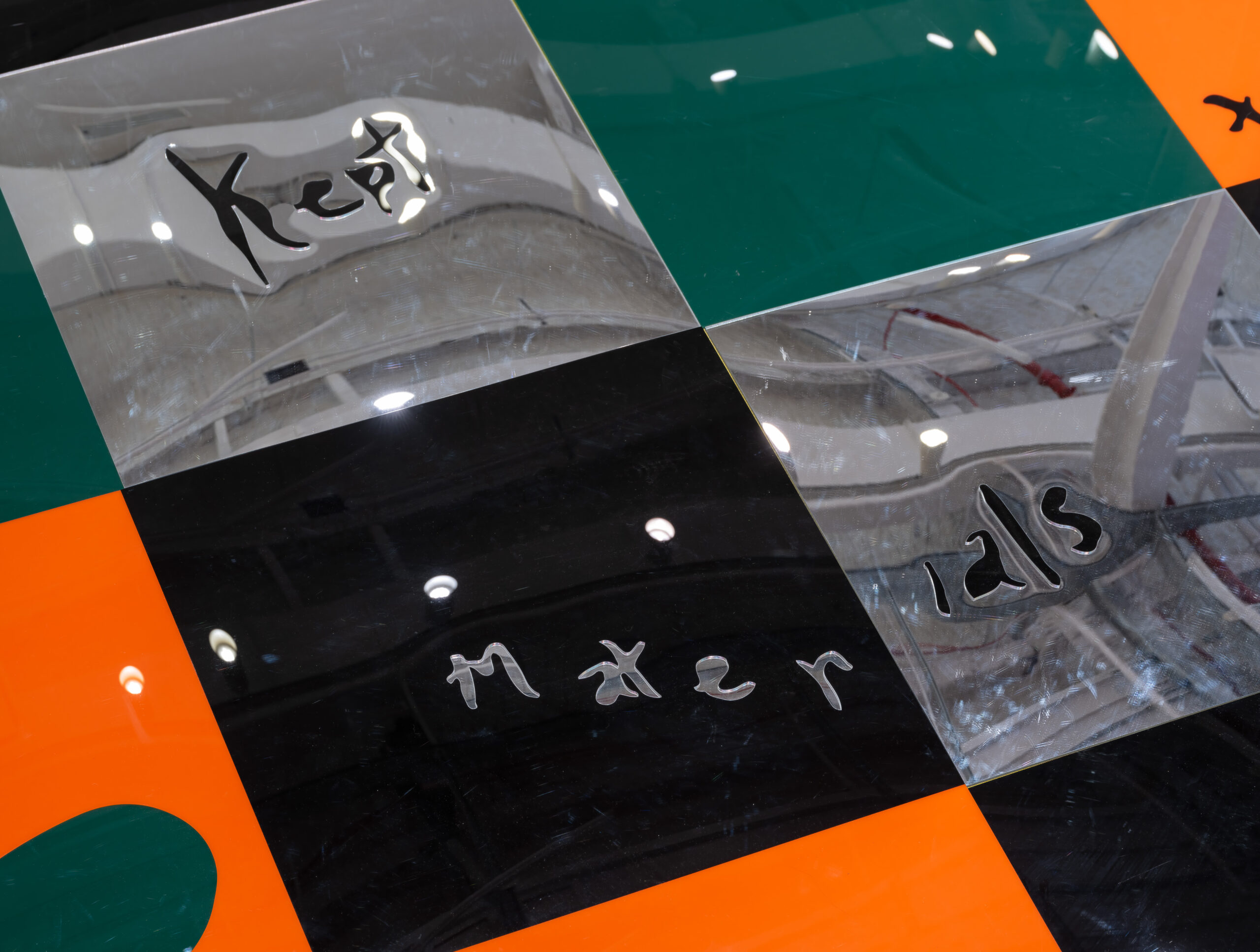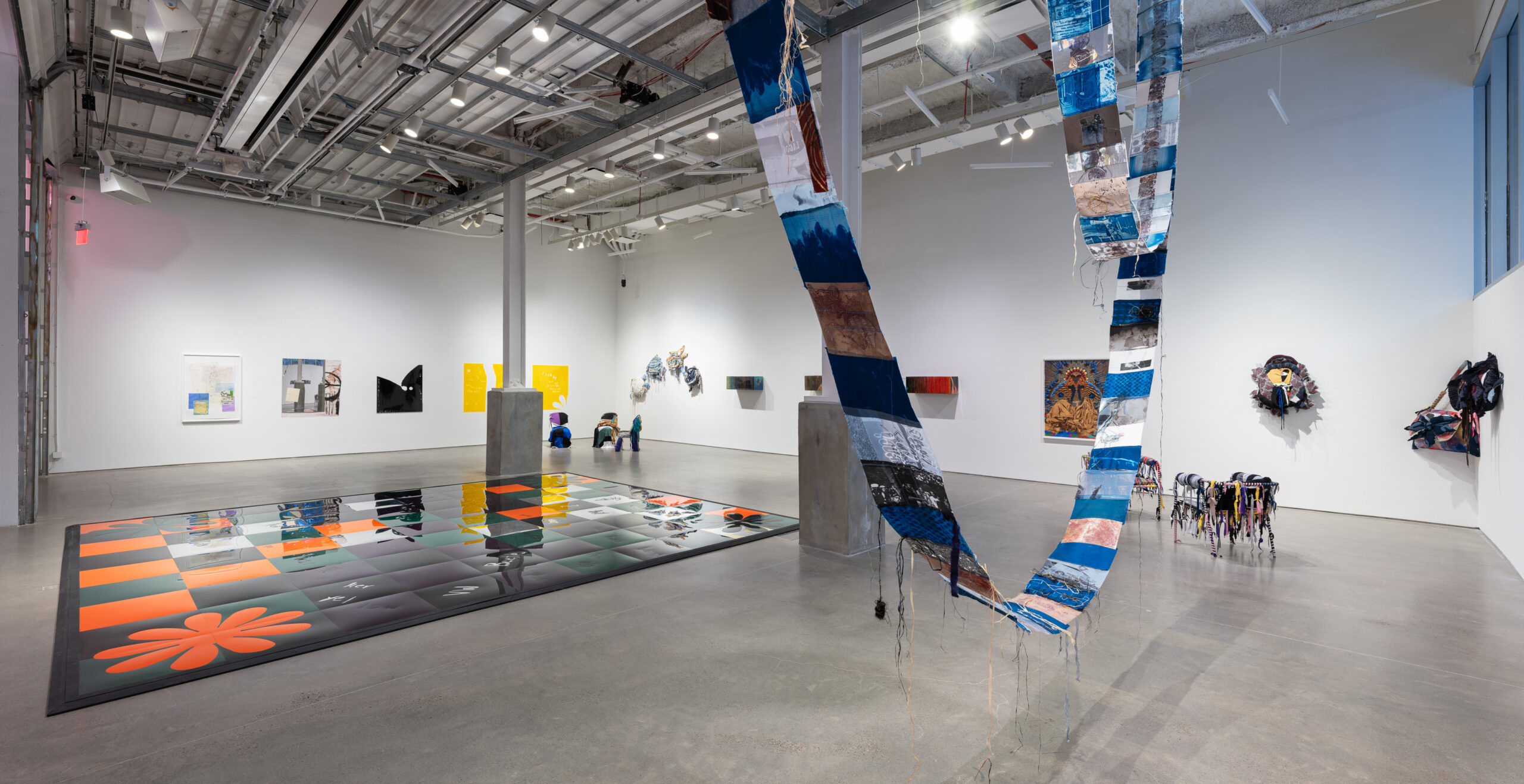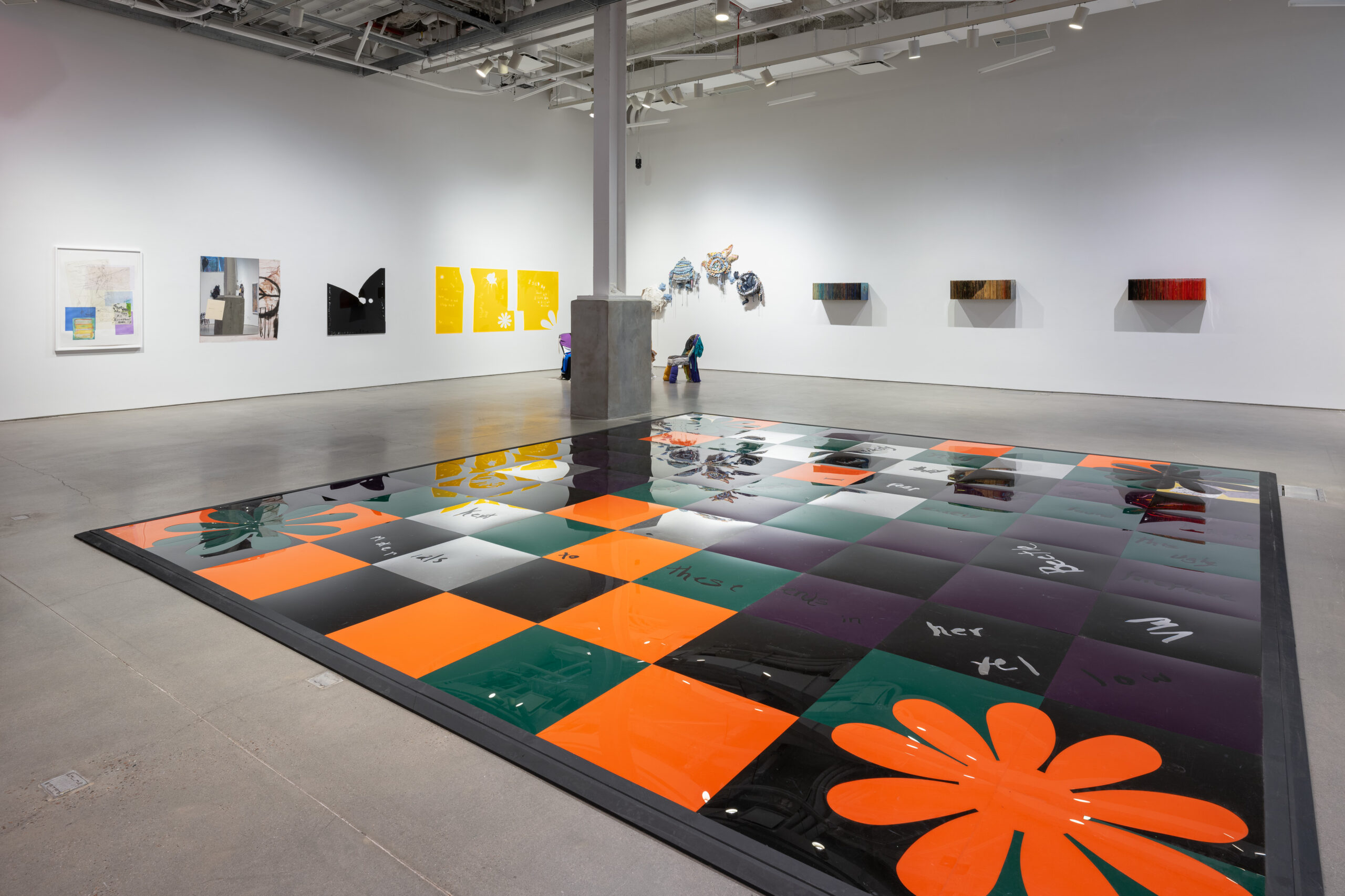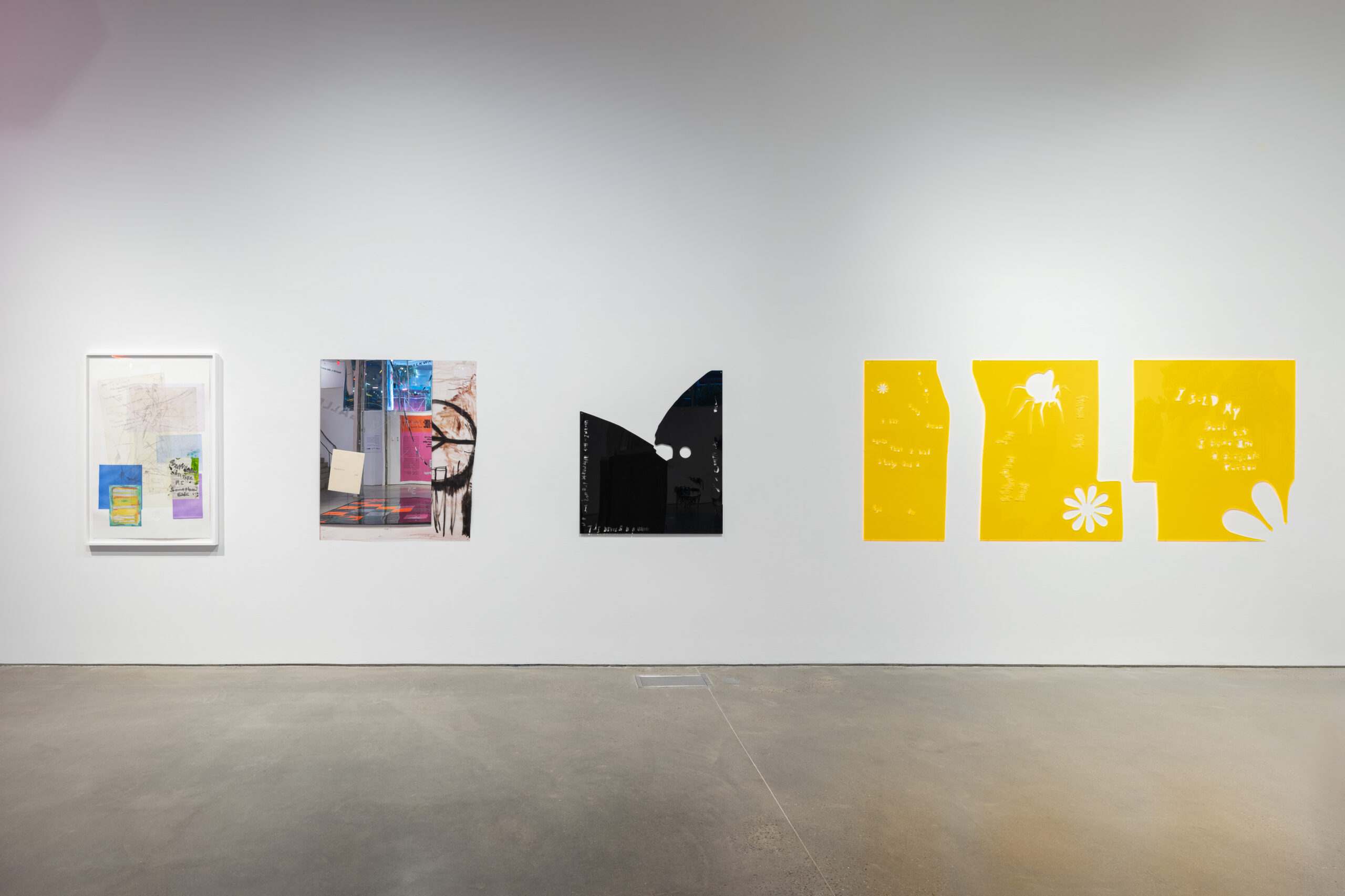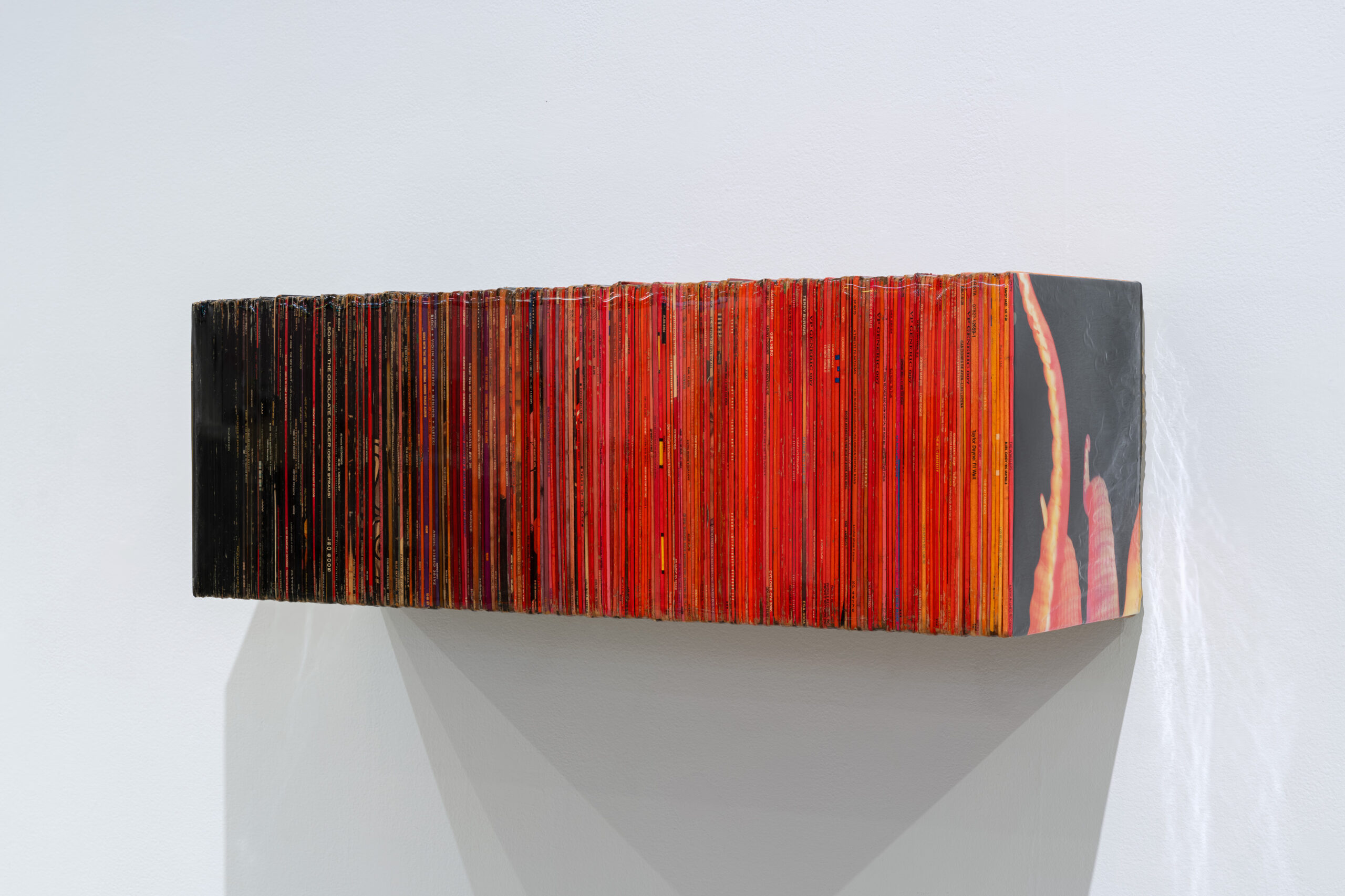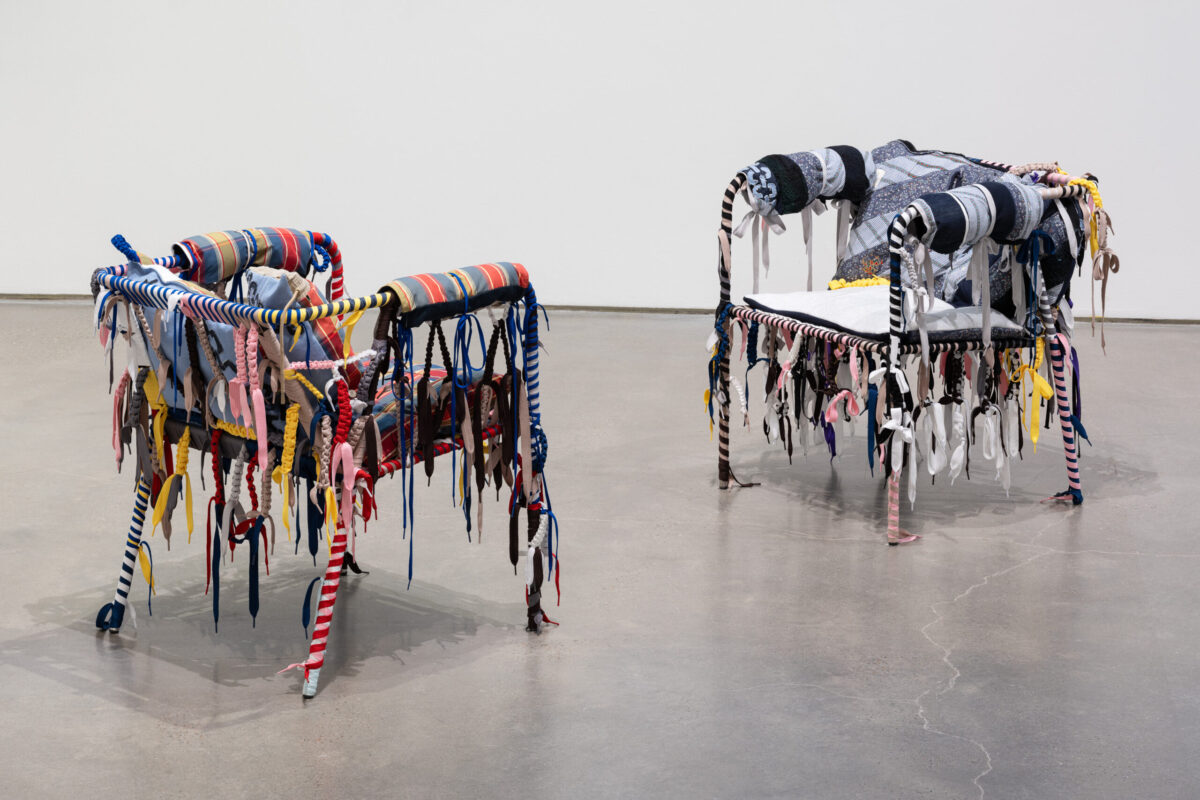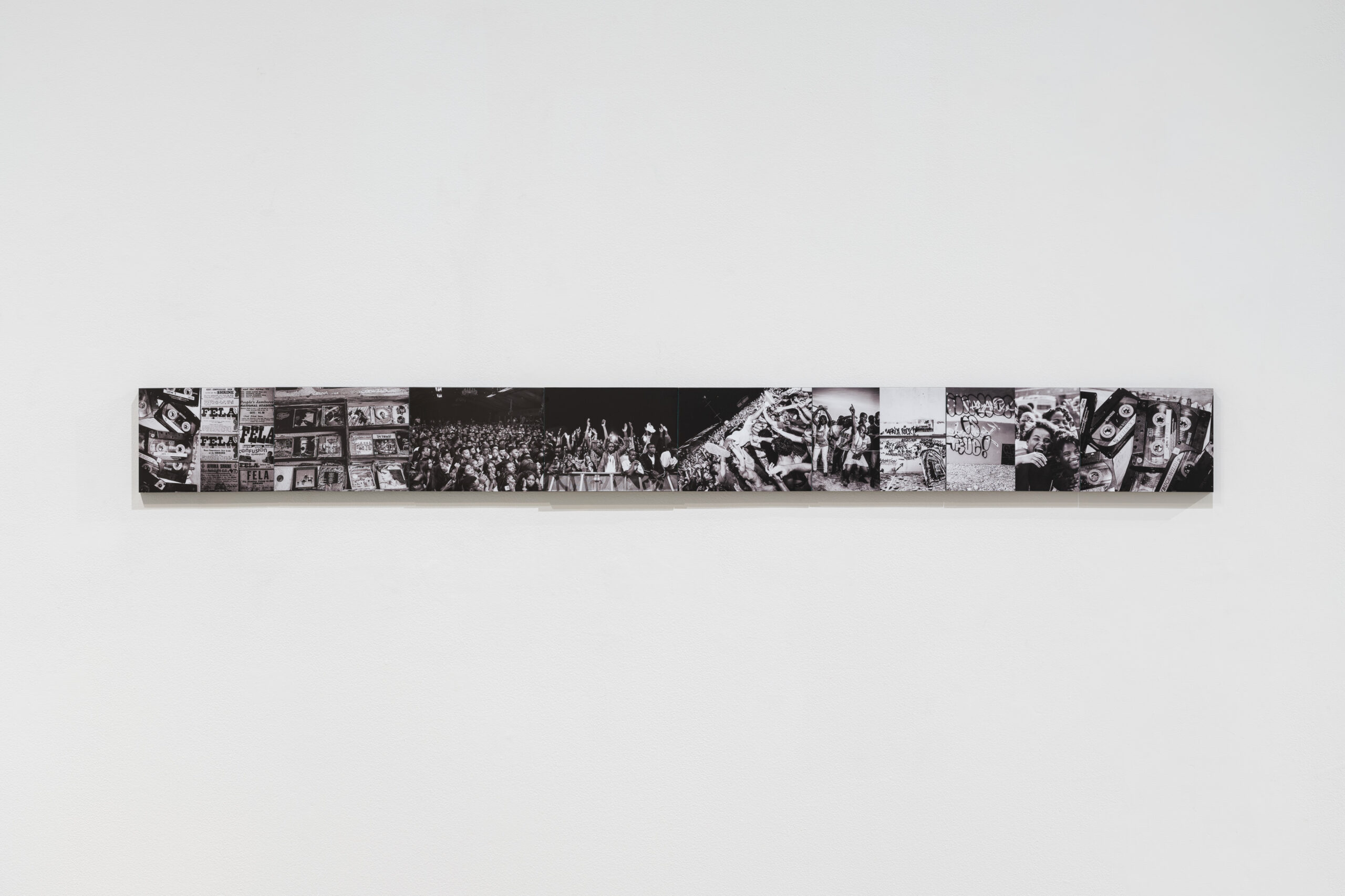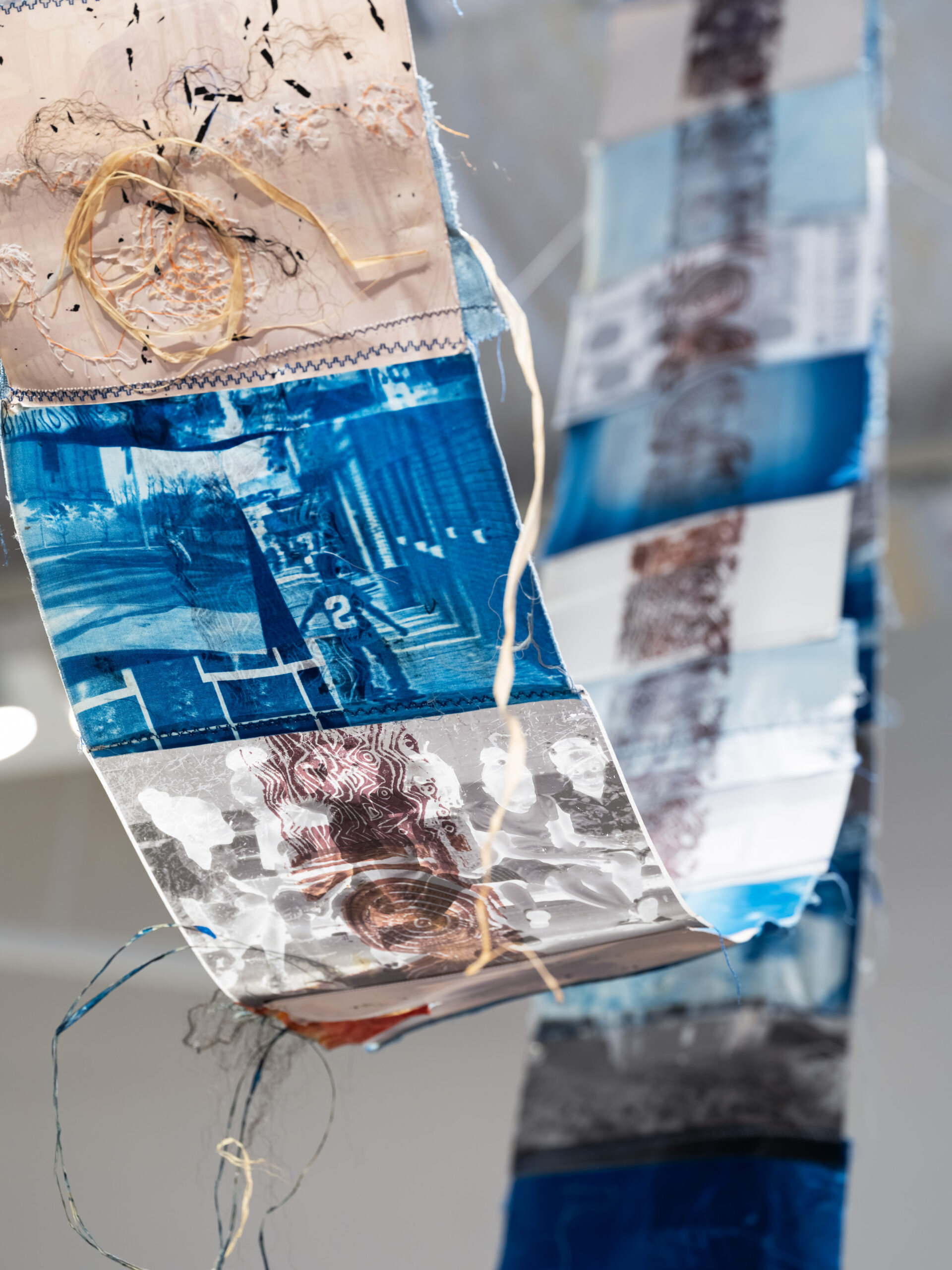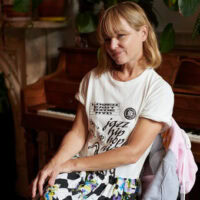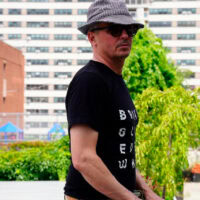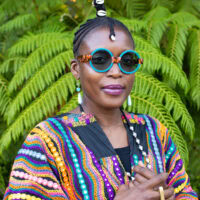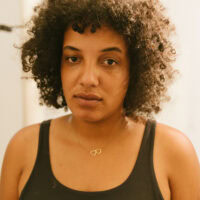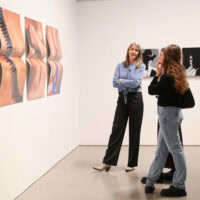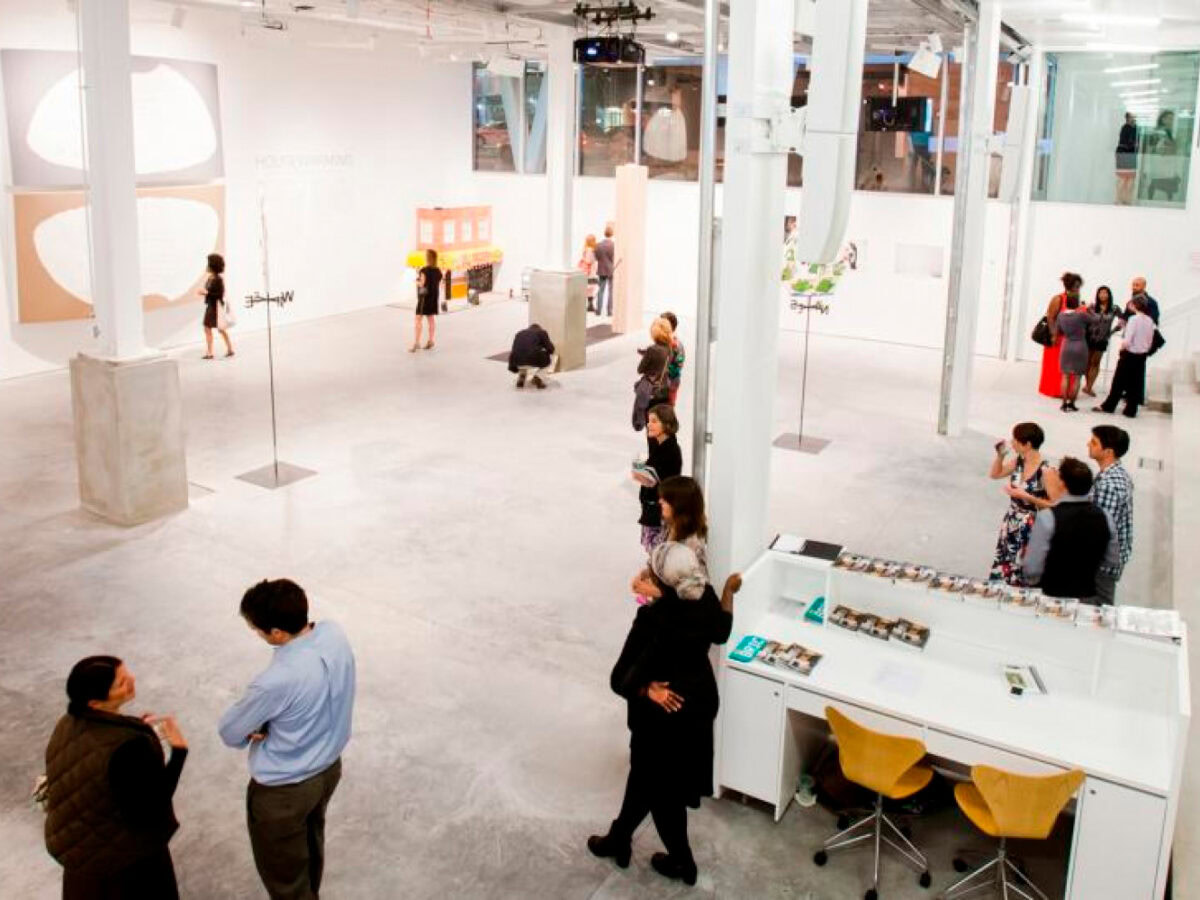Exhibition Info
Camella Ehlke
David Ellis
Adama Delphine Fawundu
Raque Ford
This exhibition of photography, painting, and sculpture explores remix as a crucial method of creation within the Hip-Hop genre. Remix is a sonic metaphor for the active reinvention of Black life as a means for repairing colonial ruptures. To remix, as put by scholar Katherine McKittrick, is to “engender new contexts with old histories.” Remix frames the artistic works of Camella Ehlke, David Ellis, Adama Delphine Fawundu, and Raque Ford. In the era where Hip-Hop celebrates 50 years of cultural innovation, these four artists illuminate how Black Diasporic remixing is central to the broader survival strategy of storytelling and preserving memory. Remixing offers an expansive framework for composing new futures with poetic resonance, and much like the experimental remixes found on a Hip-Hop artist’s B-side tracks, encourages ongoing dialogue and constant creative evolution.
(Broken) memory calls upon Hip-Hop and its history of preserving memory as fragments (sampling, remix, mashups, covers). Through the use of found materials such as deadstock fabric, plexi, album covers, audio tape – all references to preeminent forms of Hip-Hop culture – the artworks displayed in this exhibition follow the genre of abstracted recollection. They require us to sit with and trace the contours of Diasporic memory, to grapple with the distortions while also sharing what cultural memory has been preserved.
Adama Delphine Fawundu, a photographer celebrated for capturing early Hip-Hop culture, invites viewers on a journey through the vibrant tapestry of memory, remix, and African Diasporic survival. Drawing from a metaphysical, collective memory, her mixed-media photo sculptures become transient vessels, skillfully weaving together the threads of Black histories to bridge assumed cultural ruptures. For her work in the exhibition, and it don’t stop, Fawundu embraces the rich tradition of West African griots, or history keepers. Particularly, she preserves her grandmother’s Sierra Leonean textile patterns and her 1990s photographic documentation of her teens and early twenties in her Crown Heights neighborhood.
Camella Ehlke’s textile sculptures reimagine customized patchwork, a hallmark of her streetwear label 555 Soul’s aesthetic, to showcase a melding of fashion, design, and sculpture, and to serve as a homage to the realms of fashion and Hip-Hop expression with which she has long been involved. Drawing from deadstock fabrics, Ehlke’s sculptural chairs and poufs exhibit Hip-Hop’s high-low aesthetic, harmonizing modernist furniture with streetwear. Featuring uneven shapes, pillowy textures, and vibrant patterns, these works embrace both form and style, an expressive love letter to her fashion community. Within her remixed artistic creations, the echoes of Ehlke’s 80s streetwear artifacts still resonate, offering a bridge between eras.
Akin to the grooves on vinyl records, David Ellis’ minimalist sculptures imprint themselves on our psyche. Formed out of resin encased album covers, Ellis’ artworks beckon viewers to dip into a sonic archive, evoking collective recollections, returns to the past, or liberating releases. Recollection fosters the creation of collaborative playlists from our shared past, harmonizing old notes into a novel future.
Raque Ford’s checkered plexiglass dance floor invites viewers to dance upon it, and connect in a space of fellowship – evoking the traditions of community performance. The plexi is embedded with contrasting text and inspired by Beverly Buchanan, Tik Tok, overheard conversations, and xerox prints from past monoprints. The handwritten script is dispersed throughout the dance floor encouraging movement and a desire to connect the textual remnants. As the daughter of the late Hip-Hop producer and writer Robert Ford, Raque carries forward his legacy of writing in her poetic practice. Her unique blend of found text and scratched materials crafts an experiential journey that bridges the past and present, encouraging visitors to immerse themselves in the realm of remixed memories.
Co-curated by Jenny Gerow and Zahra Sherzad in collaboration with Taylor Dews
Take home a piece of the exhibition!
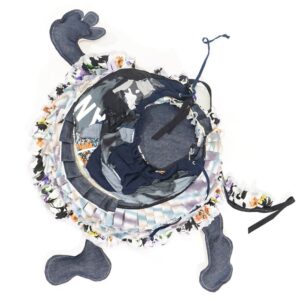
We’re selling three of Camella Ehlke’s sculptures from B-side: (Broken) Memory and Remix.
Bios
Exhibition Events
BRIC House is Brooklyn’s cultural living room: a 40,000 square foot multi-disciplinary arts and media complex where emerging and established artists can create work that deepens their practice and engages the diverse communities of the borough.
COVID-19 policy: Attendees of any BRIC House programming do not have to show proof of vaccination or a negative test to enter the building. Masks are encouraged but not required in all BRIC operated spaces. To learn more, visit:
BRIC IS COMMITTED TO WELCOMING PEOPLE OF ALL ABILITIES
The main floor of BRIC House has an accessible entrance on Rockwell Place, in addition to an accessible, all-gender bathroom. The BRIC Media Center, located on the 2nd floor, is accessible via elevator. The Gallery level is accessible via a wheelchair lift. Portable FM assistive listening devices are available for programs on the Stoop and in the Ballroom upon request. To make specific access requests for an in-person or virtual program, please contact [email protected] at least two weeks prior to the event of interest.
